-
Executive Summary
-
Scope of the Report
-
Market Definition
-
Scope of the Study
- Research Objectives
- Assumptions & Limitations
-
Markets Structure
-
Market Research Methodology
-
Research Process
-
Secondary Research
-
Primary Research
-
Forecast Model
-
Market Landscape
-
Porter’s Five Forces Analysis
- Threat of New Entrants
- Bargaining power of buyers
- Threat of substitutes
- Rivalry
- Bargaining Power of Suppliers
-
Value Chain/Supply Chain of Flexible Display Technology Market
-
Market Overview of Flexible Display Technology Market
-
Introduction
-
Growth Drivers
-
Impact Analysis
-
Market Challenges
-
Market Trends
-
Introduction
-
Growth Trends
-
Impact analysis
-
Flexible Display Technology Market by Technology
-
Introduction
-
Liquid Crystal Display (LCD)
- Market Estimates & Forecast, 2025-2034
- Market Estimates & Forecast by Region, 2025-2034
-
Organic Light Emitting Diode (OLED)
- Market Estimates & Forecast, 2025-2034
- Market Estimates & Forecast by Region, 2025-2034
-
Electronic Paper Display
- Market Estimates & Forecast, 2025-2034
- Market Estimates & Forecast by Region, 2025-2034
-
Quantum Dot
- Market Estimates & Forecast, 2025-2034
- Market Estimates & Forecast by Region, 2025-2034
-
Flexible Display Technology Market by Material
-
Introduction
-
Polymer
- Market Estimates & Forecast, 2025-2034
- Market Estimates & Forecast by Region, 2025-2034
-
Glass
- Market Estimates & Forecast, 2025-2034
- Market Estimates & Forecast by Region, 2025-2034
-
Glass-Reinforced Plastic (GRP)
- Market Estimates & Forecast, 2025-2034
- Market Estimates & Forecast by Region, 2025-2034
-
Flexible Display Technology Market by Display Type
-
Introduction
-
Bendable
- Market Estimates & Forecast, 2025-2034
- Market Estimates & Forecast by Region, 2025-2034
-
Rollable
- Market Estimates & Forecast, 2025-2034
- Market Estimates & Forecast by Region, 2025-2034
-
Foldable
- Market Estimates & Forecast, 2025-2034
- Market Estimates & Forecast by Region, 2025-2034
-
Flexible Display Technology Market by Display Size
-
Introduction
-
Up To 6’’
- Market Estimates & Forecast, 2025-2034
- Market Estimates & Forecast by Region, 2025-2034
-
6 – 30’’
- Market Estimates & Forecast, 2025-2034
- Market Estimates & Forecast by Region, 2025-2034
-
Above 30’’
- Market Estimates & Forecast, 2025-2034
- Market Estimates & Forecast by Region, 2025-2034
-
Flexible Display Technology Market by Application
-
Introduction
-
Smartphones
- Market Estimates & Forecast, 2025-2034
- Market Estimates & Forecast by Region, 2025-2034
-
Tablet
- Market Estimates & Forecast, 2025-2034
- Market Estimates & Forecast by Region, 2025-2034
-
Laptop
- Market Estimates & Forecast, 2025-2034
- Market Estimates & Forecast by Region, 2025-2034
-
Smartcard
- Market Estimates & Forecast, 2025-2034
- Market Estimates & Forecast by Region, 2025-2034
-
TV
- Market Estimates & Forecast, 2025-2034
- Market Estimates & Forecast by Region, 2025-2034
-
Wearable Displays
- Market Estimates & Forecast, 2025-2034
- Market Estimates & Forecast by Region, 2025-2034
-
Digital Signage
- Market Estimates & Forecast, 2025-2034
- Market Estimates & Forecast by Region, 2025-2034
-
e-Reader
- Market Estimates & Forecast, 2025-2034
- Market Estimates & Forecast by Region, 2025-2034
-
Electronic Shelf Label
- Market Estimates & Forecast, 2025-2034
- Market Estimates & Forecast by Region, 2025-2034
-
Others
- Market Estimates & Forecast, 2025-2034
- Market Estimates & Forecast by Region, 2025-2034
-
Flexible Display Technology Market by End-User
-
Introduction
-
Automotive
- Market Estimates & Forecast, 2025-2034
- Market Estimates & Forecast by Region, 2025-2034
-
Aerospace
- Market Estimates & Forecast, 2025-2034
- Market Estimates & Forecast by Region, 2025-2034
-
Retail
- Market Estimates & Forecast, 2025-2034
- Market Estimates & Forecast by Region, 2025-2034
-
Transportation
- Market Estimates & Forecast, 2025-2034
- Market Estimates & Forecast by Region, 2025-2034
-
Government
- Market Estimates & Forecast, 2025-2034
- Market Estimates & Forecast by Region, 2025-2034
-
Utilities
- Market Estimates & Forecast, 2025-2034
- Market Estimates & Forecast by Region, 2025-2034
-
Others
- Market Estimates & Forecast, 2025-2034
- Market Estimates & Forecast by Region, 2025-2034
-
Flexible Display Technology Market by Region
-
Introduction
-
North America
- Market Estimates & Forecast by Country, 2025-2034
- Market Estimates & Forecast by Technology, 2025-2034
- Market Estimates & Forecast by Material, 2025-2034
- Market Estimates & Forecast by Display Type, 2025-2034
- Market Estimates & Forecast by Display size, 2025-2034
- Market Estimates & Forecast by Application, 2025-2034
- Market Estimates & Forecast by End-User, 2025-2034
- US
- Mexico
- Canada
-
Europe
- Market Estimates & Forecast by Country, 2025-2034
- Market Estimates & Forecast by Technology, 2025-2034
- Market Estimates & Forecast by Material, 2025-2034
- Market Estimates & Forecast by Display Type, 2025-2034
- Market Estimates & Forecast by Display size, 2025-2034
- Market Estimates & Forecast by Application, 2025-2034
- Market Estimates & Forecast by End-User, 2025-2034
- Germany
- France
- UK
- Rest of Europe
-
Asia-Pacific
- Market Estimates & Forecast by Country, 2025-2034
- Market Estimates & Forecast by Technology, 2025-2034
- Market Estimates & Forecast by Material, 2025-2034
- Market Estimates & Forecast by Display Type, 2025-2034
- Market Estimates & Forecast by Display Size, 2025-2034
- Market Estimates & Forecast by Application, 2025-2034
- Market Estimates & Forecast by End-User, 2025-2034
- China
- India
- Japan
- Rest of Asia-Pacific
-
Rest of the World
- Market Estimates & Forecast by Country, 2025-2034
- Market Estimates & Forecast by Technology, 2025-2034
- Market Estimates & Forecast by Material, 2025-2034
- Market Estimates & Forecast by Display Type, 2025-2034
- Market Estimates & Forecast by Display Size, 2025-2034
- Market Estimates & Forecast by Application, 2025-2034
- Market Estimates & Forecast by End-User, 2025-2034
- Middle East & Africa
- Latin Countries
-
Company Profiles
-
Samsung
- Company Overview
- Product/Business Segment Overview
- Financial Updates
- Key Developments
-
LG Display Co., Ltd
- Company Overview
- Product/Business Segment Overview
- Financial Updates
- Key Developments
-
Sony Corporation
- Company Overview
- Product/Business Segment Overview
- Financial Updates
- Key Developments
-
Atmel Corporation
- Company Overview
- Product/Business Segment Overview
- Financial Updates
- Key Developments
-
Kent Displays Inc.
- Company Overview
- Product/Business Segment Overview
- Financial Updates
- Key Developments
-
Universal Display Corporation
- Company Overview
- Product/Business Segment Overview
- Financial Updates
- Key Developments
-
Novaled AG
- Company Overview
- Product/Business Segment Overview
- Financial Updates
- Key Developments
-
Dupont Display
- Company Overview
- Product/Business Segment Overview
- Financial Updates
- Key Developments
-
Corning Inc.
- Company Overview
- Product/Business Segment Overview
- Financial Updates
- Key Developments
-
Philips Electronics
- Company Overview
- Product/Business Segment Overview
- Financial Updates
- Key Developments
-
Materion Corporation
- Company Overview
- Product/Business Segment Overview
- Financial Updates
- Key Developments
-
AU Optronics Corporation
- Company Overview
- Product/Business Segment Overview
- Financial Updates
- Key Developments
-
E Ink Holdings Inc.
- Company Overview
- Product/Business Segment Overview
- Financial Updates
- Key Developments
-
Innolux Corporation
- Company Overview
- Product/Business Segment Overview
- Financial Updates
- Key Developments
-
Visionox Company
- Company Overview
- Product/Business Segment Overview
- Financial Updates
- Key Developments
-
Conclusion
-
-
LIST OF TABLES
-
Table1 Global Flexible Display Technology Market, by Country, 2025-2034
-
Table2 North America: Flexible Display Technology Market, by Country, 2025-2034
-
Table3 Europe: Flexible Display Technology Market, by Country, 2025-2034
-
Table4 Asia-Pacific: Flexible Display Technology Market, by Country, 2025-2034
-
Table5 North America: Flexible Display Technology Market, by Country
-
Table6 North America: Flexible Display Technology Market, by Technology
-
Table7 North America: Flexible Display Technology Market, by Material
-
Table8 North America: Flexible Display Technology Market, by Display Type
-
Table9 North America: Flexible Display Technology Market, by Display size
-
Table10 North America: Flexible Display Technology Market, by Application
-
Table11 North America: Flexible Display Technology Market, by End-User
-
Table12 Europe: Flexible Display Technology Market, by Country
-
Table13 Europe: Flexible Display Technology Market, by Technology
-
Table14 Europe: Flexible Display Technology Market, by Material
-
Table15 Europe: Flexible Display Technology Market, by Display Type
-
Table16 Europe: Flexible Display Technology Market, by Display size
-
Table17 Europe: Flexible Display Technology Market, by Application
-
Table18 Europe: Flexible Display Technology Market, by End-User
-
Table19 Asia-Pacific: Flexible Display Technology Market, by Country
-
Table20 Asia-Pacific: Flexible Display Technology Market, by Technology
-
Table21 Asia-Pacific: Flexible Display Technology Market, by Material
-
Table22 Asia-Pacific: Flexible Display Technology Market, by Display Type
-
Table23 Asia-Pacific: Flexible Display Technology Market, by Display size
-
Table24 Asia-Pacific: Flexible Display Technology Market, by Application
-
Table25 Asia-Pacific: Flexible Display Technology Market, by End-User
-
Table26 Middle East & Africa: Flexible Display Technology Market, by Technology
-
Table27 Middle East & Africa: Flexible Display Technology Market, by Material
-
Table28 Middle East & Africa: Flexible Display Technology Market, by Display Type
-
Table29 Middle East & Africa: Flexible Display Technology Market, by Display size
-
Table30 Middle East & Africa: Flexible Display Technology Market, by Application
-
Table31 Middle East & Africa: Flexible Display Technology Market, by End-User
-
Table32 Latin America: Flexible Display Technology Market, by Technology
-
Table33 Latin America: Flexible Display Technology Market, by Material
-
Table34 Latin America: Flexible Display Technology Market, by Display Type
-
Table35 Latin America: Flexible Display Technology Market, by Display size
-
Table36 Latin America: Flexible Display Technology Market, by Application
-
Table37 Latin America: Flexible Display Technology Market, by End-User
-
LIST OF FIGURES
-
Global Flexible Display Technology Market Segmentation
-
Forecast Methodology
-
Porter’s Five Forces Analysis of Global Flexible Display Technology Market
-
Value Chain of Global Flexible Display Technology Market
-
Share of Flexible Display Technology Market in 2020, by country (in %)
-
Global Flexible Display Technology Market, 2025-2034
-
Global Flexible Display Technology Market Size by Technology, 2025-2034
-
Share of Global Flexible Display Technology Market by Technology, (in %)
-
Global Flexible Display Technology Market Size by Material, 2025-2034
-
Share of Global Flexible Display Technology Market by Material, (in %)
-
Global Flexible Display Technology Market Size by Display Type, 2025-2034
-
Share of Global Flexible Display Technology Market by Display Type, (in %)
-
Global Flexible Display Technology Market Size by Display size, 2025-2034
-
Share of Global Flexible Display Technology Market by Display size, (in %)
-
Global Flexible Display Technology Market Size by Application, 2025-2034
-
Share of Global Flexible Display Technology Market by Application, (in %)
-
Global Flexible Display Technology Market Size by End-User, 2025-2034
-
Share of Global Flexible Display Technology Market by End-User, (in %)
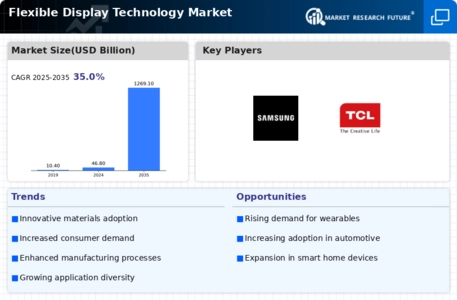
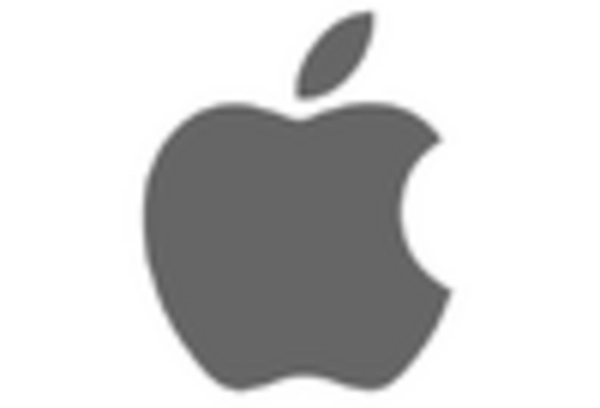
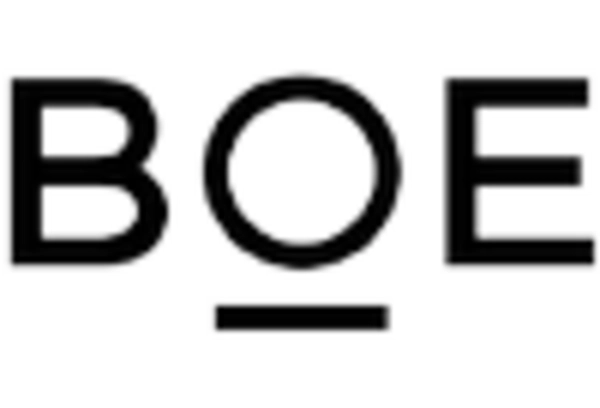
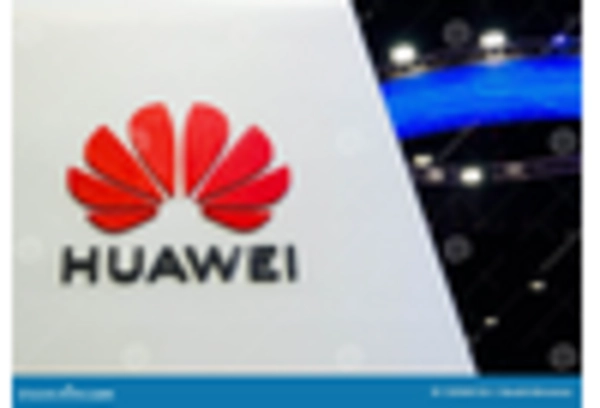
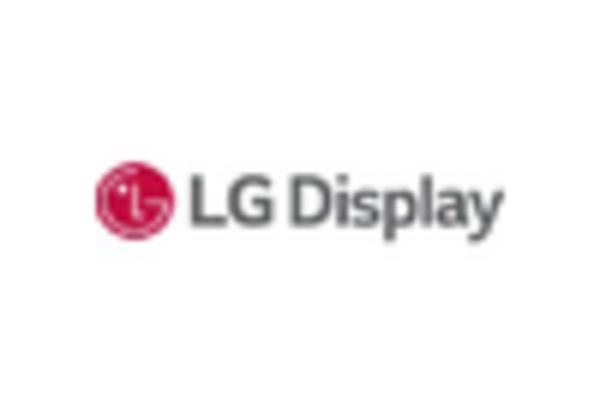

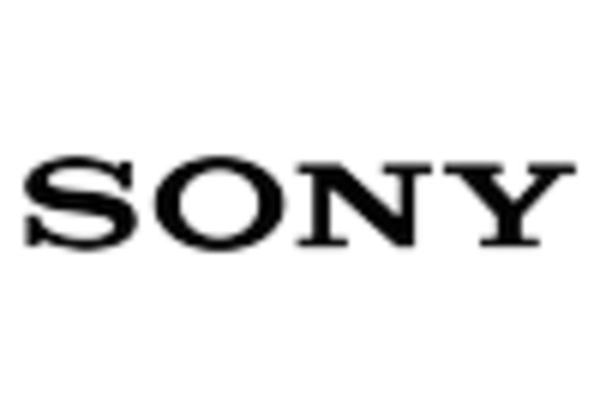









Leave a Comment